Night Sky – March 2018: two full Moons, and the Plough explained
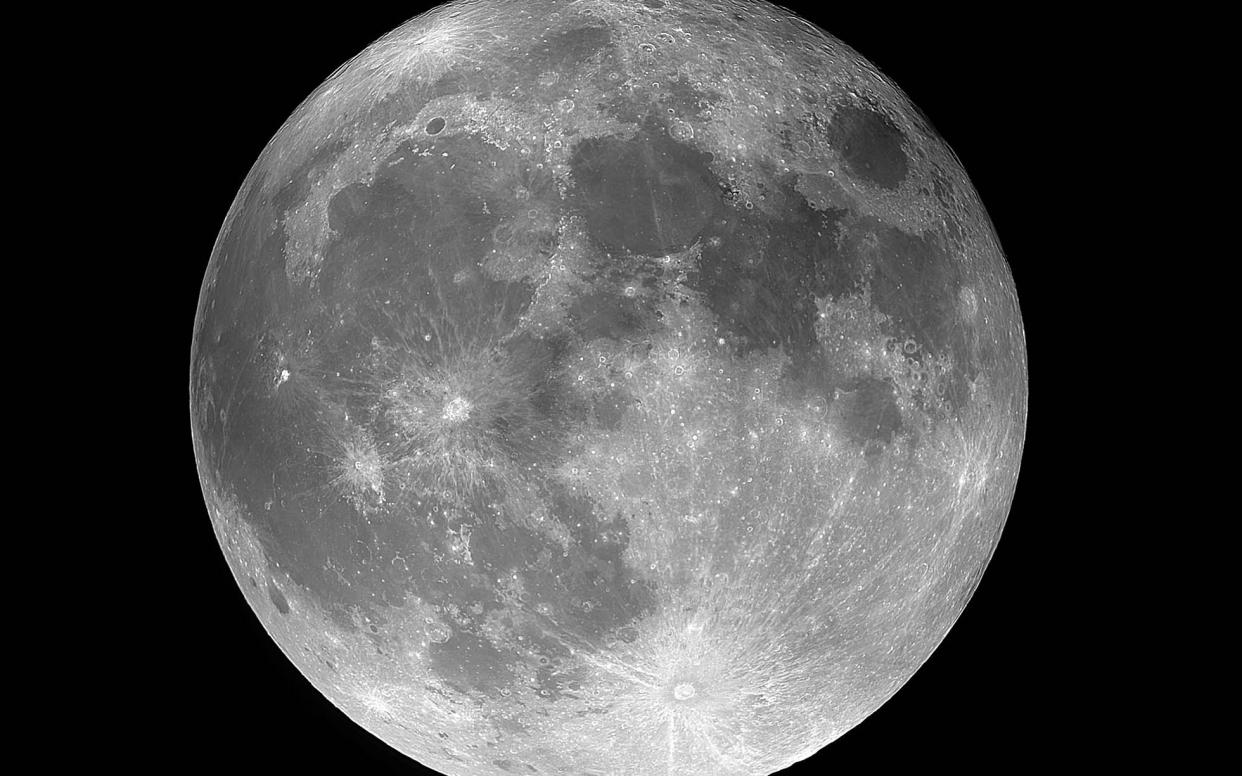
As was the case in January, there are two full Moons in March, one on the 2nd and one on the 31st.
The second full Moon in a month has popularly become known as a Blue Moon even though this is not the original definition. That stated a Blue Moon was the third full Moon in a season which contained four full Moons.
The occurrence of two full Moons in January followed by two in March takes place approximately four times every century.
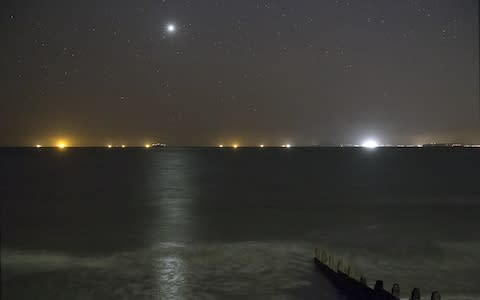
During March, Venus becomes more prominent in the evening twilight sky. On March 4, this most spectacular of planets is joined by its inner Solar System neighbour Mercury. Both planets are separated by a little over one degree after sunset. This is roughly equal to the width of your little finger viewed at arm’s length. Both Venus and Mercury will appear very bright at this time, although Venus easily outshines its neighbour. Elusive Mercury remains visible in the evening twilight for much of the month.
The Plough explained
During the hours of darkness, the familiar shape of the Plough can be seen almost directly overhead around midnight. Despite its prominent appearance, the Plough is an unofficial shape referred to as an asterism. This pattern has many different names including the Big Dipper, Charles’s Wain, the Great Wagon and the Saucepan.
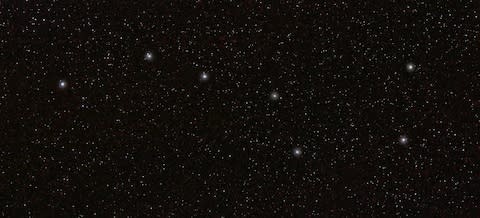
It forms part of the constellation known as the Great Bear, Ursa Major, and in legend represents the bear’s backside and elongated tail. In legend, this unusually long tail resulted from Zeus grabbing Ursa Major and Ursa Minor (the Little Bear) by their tails and swinging them around violently before despatching them into the night sky.
Plough
The five inner Plough stars move together in space but it takes tens of thousands of years for any serious change in overall shape to be noticeable
All of the stars in the Plough, with the exception of Dubhe and Alkaid, belong to an association of stars moving through space together. Known as the Ursa Major Moving Group, its members have a common age of around 500 million years.
Pointers
The Pointers, Dubhe and Merak, point at the Pole Star, Polaris
The two stars forming the side of the blade furthest from the handle are individually named Dubhe and Merak. They are known collectively as the Pointers because they conveniently point at the Pole Star, Polaris. Once Polaris has been identified, dropping a vertical from it to the horizon locates north. A useful characteristic of the Plough is that, from the UK at least, it is circumpolar, meaning it never sets. As long as it is dark and clear, it is relatively easy to find the Plough and thus work out your cardinal directions.
The second star in from the end of the Plough’s handle is Mizar. Look closely at Mizar and you should see a fainter companion nearby. This is the only binary system in the entire night sky where both components are named, the fainter star being known as Alcor.
Together, these are sometimes referred to as the Horse and Rider. Things are more complex than they seem though, because a telescope reveals Mizar to be binary again. Spectroscopic analysis of Mizar-A in 1890 revealed that it was also a very close binary. Then in 1908 it was discovered that Mizar-B was also binary. Alcor is now also known to consist of two stars, raising this seemingly simple naked-eye binary to the impressive status of a sextuplet system.
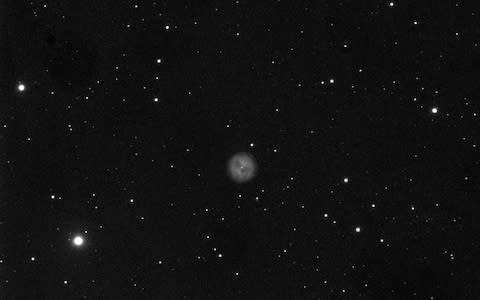
A number of interesting deep sky objects can be found around the Plough. Located south of a point one-quarter of the way from Merak towards Phecda is a dim planetary nebula known as Messier 97, the Owl Nebula. Through a telescope it looks like a ghostly disc with two owl-like dark eyes staring back at you. The structure itself is spherical formed from the material ejected off a low mass star which reached the end of its life. The dark holes are the projected ends of a hollow core passing through the sphere. It lies over 2,000 light years from Earth.
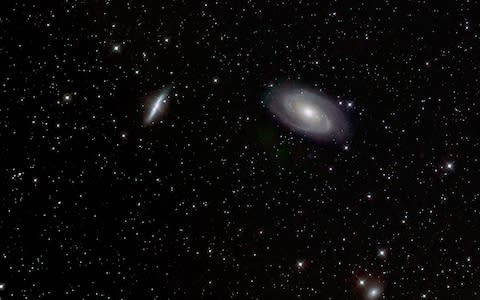
Extending a line from Phecda through Dubhe for the same distance again brings you to the vicinity of a distinctive pair of galaxies known as M81 and M82.
Visible in binoculars or a telescope, they are striking because of their different shapes. M81 or Bode’s Galaxy, is a spiral galaxy seen at an oblique angle. It shows a classic bright core surrounded by tightly wound spiral arms. M82 or the Cigar Galaxy is completely different. This is a starburst galaxy, exhibiting a high rate of star formation compared to that shown from by an average galaxy. Visually, M82 looks a thin, elongated smudge seen through an average back garden telescope. Both galaxies lie nearly 12 million light years from Earth.
Night sky chart - March 2018
Night sky chart March 2018
This chart shows how the sky will appear at 11pm GMT on March 1, 10pm GMT on March 15 and 10pm BST on March 31. The clocks go forward by one hour at 1am GMT on 25 March marking the start of the UK’s British Summer Time (BST). The planets are shown along with the location and phase of the Moon at five-day intervals. The Moon is full on 2 March 2 and again on March 31. The stars are shown as circles; the larger the circle the brighter the star. The hazy area represents the Milky Way. Orientate the chart by holding it in front of you rotated so the compass bearing at the bottom matches the direction you’re facing. The bottom of the chart then reflects your horizon with the middle of the chart representing the view directly above your head. The chart is designed to be viewed using a red torch outside. Red light allows you to see the chart detail without ruining your night vision.

